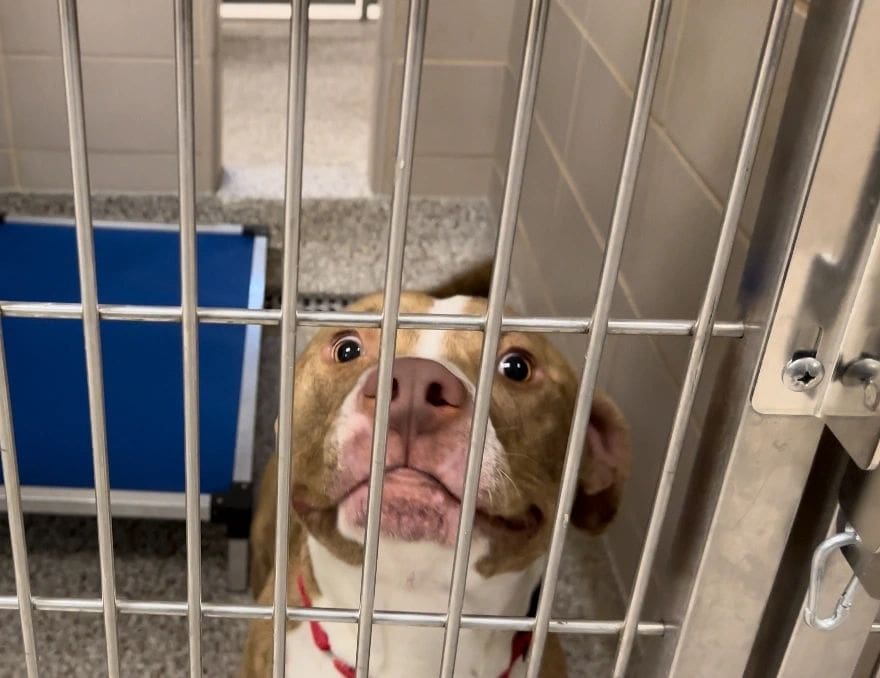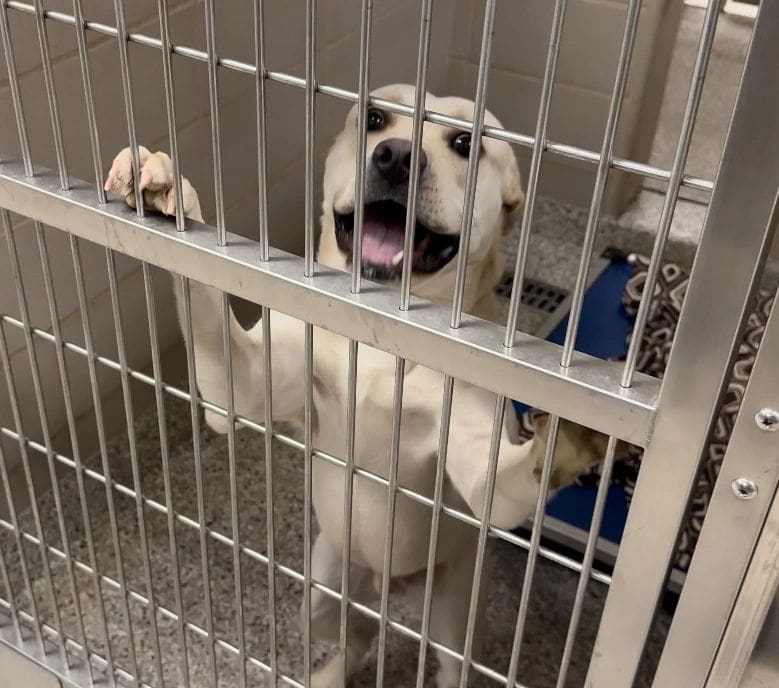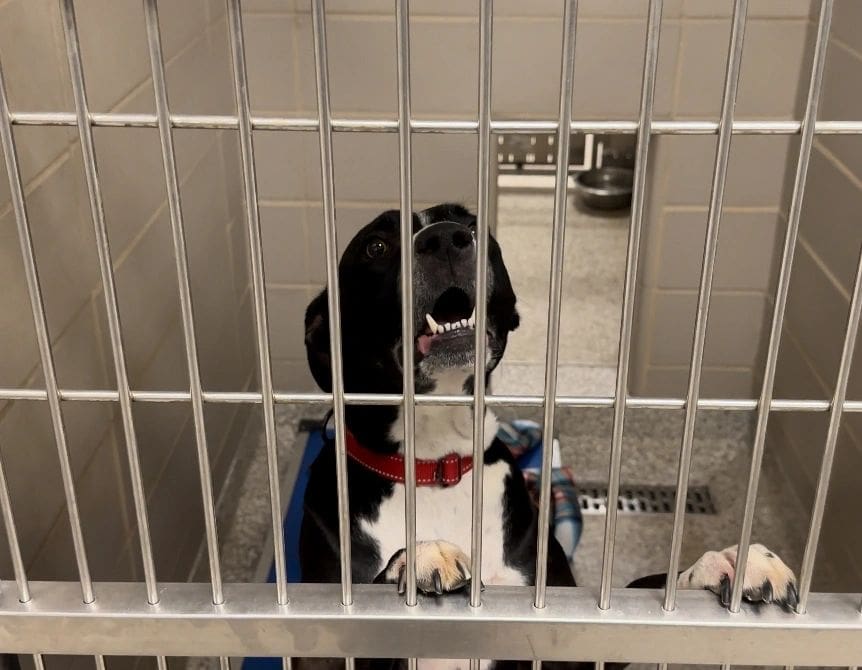Crisis Unleashed: Billions Spent Annually on Us Roaming Dogs.
By: Grace Smith – Wise News Network
GASTON COUNTY, NC (WNN) – In Gaston County’s Facebook groups, discussions about roaming dogs are common. Wagging tails and floppy tongues are a common sight outside your window, though these dogs usually belong to someone else. This is a typical experience for rural North Carolina residents.

Although common, roaming dogs present challenges to a county’s infrastructure. Between overcrowded shelters and animal control calls, a solution is pertinent. In an interview, the directors of Gaston County Animal Care and Enforcement (GCACE) discussed the causes and potential solutions to roaming dogs.
Jessica Hildebran is the veterinarian for the GCACE shelter. GCACE is the sole shelter in Gaston County. Hildebran treats every incoming animal in need. She said that the shelter is taking in animals like never before.
“Our intake has increased in comparison to previous years with this last year being the greatest.” said Hildebran.

According to Tori Johnston, the kennel supervisor for GCACE, many of the shelter dogs could have been former pets.
“They probably belonged to somebody. Sometimes they are escapees that got out from someone’s yard. Because we live in such a rural area roaming dogs and stray dogs are pretty common.” said Johnston.
It is common for pet owners in rural areas to let their animals outside without leashes. Houses are usually quite spread out.
“It’s just, I think, part of the culture where everyone lives so far apart. So it’s not a bother.” said Johnston.
However, Gaston County also has densely populated areas like Gastonia and Belmont. Hildebran said that most of the dogs at GCACE are from Gastonia. The challenge worsens as GCACE serves all 13 incorporated municipalities in Gaston County.
“We’re the only shelter in Gaston County, so we receive all of the roaming dogs and all the stray animals that come in.” said Johnston.
Hildebran added that the number of roaming dogs and strays exceeds surrendered pets by a wide margin. Many of GCACE’s resources are absorbed by treating, feeding and housing roaming dogs.
The shelter has met capacity every day since 2024 began. Despite GCACE employees’ tireless efforts to rehome animals, the amount of roaming dogs and strays out numbers available kennel spaces.
“Our jobs are not easy. Yes, we get to work with animals every day, which does bring joy. But it’s also hard because when we don’t have space, we have a service we have to provide for the community.” said Hildebran.
When the shelter reaches capacity, GCACE has no choice but to euthanize animals.
Although Gaston County struggles with roaming dogs, the issue is not isolated. The entire nation experiences similar problems. Paola Hayes, the president of the Animal Welfare Alliance of Rutherford (AWAR), shed some light on Rutherford County’s similar situation.

Much like Gaston County, Rutherford has experienced more roaming dogs within the past year. Hayes said she believes the COVID-19 Pandemic is partially to blame.
“People got a lot of dogs while they were home from COVID and now that people are going back to work dogs are getting returned or released. People’s financial situations have changed and they are not able to take care of them as they were before.” said Hayes.
One of the biggest concerns regarding roaming pets is the possibility of the animals getting hurt or lost. However, the well-being of residents and animals is also at risk.
“Roaming dogs, in general, present several concerns,” Hayes said, “In particular, they could carry disease, not only to humans, but to other animals and wildlife. They can create problems with other domestic animals, fighting with other pets. They [also] present a huge problem to livestock.”
Hayes conducts extensive research to aid Rutherford County’s animal population. Her goal is to educate her county’s residents and government on the importance of animal welfare.
“The United States spends about $2 billion a year handling, collecting, housing and euthanizing homeless [roaming] pets.” said Hayes.
The national trends are apparent when looking at the local level. Rutherford and Gaston counties expend a lot of resources rounding up roaming dogs.
“In our county, a huge part of Animal Control’s time is spent finding strays and trying to figure out who they belong to.” said Hayes.
Despite the challenges with roaming dogs, pet owners can take small actions to help. For example, walking all pets on a leash or letting them out in a fenced area.
“Make sure [they have] collars that fit appropriately so that if they get scared they are not able to jerk out of their collars. Use sturdy leashes, getting a good solid leash is something to consider and make sure you have tags with identification on them.” said Johnston.
Additionally, microchipping pets can help shelters unite owners with missing animals. GCACE and AWAR strongly recommend microchipping and registering all pets. Nevertheless, addressing the roaming dog issue is just the beginning of tackling broader challenges faced by animal shelters.

According to AWAR, there are 70,000,000 stray animals in the US. Only 6,000,000 enter shelters or rescue facilities. The overpopulation of domestic animals contributes to animal shelter stress immensely.
“We always recommend spaying and neutering your pets. A spayed and neutered dog is less likely to want to roam and if your pet is spayed and neutered and at home, it will attract less roaming dogs.”said Hayes.
The challenges faced by animal shelters across the nation are continuous. However, small acts on a personal level can help local animal shelters immensely. Together, local communities can relieve the pressure on animal shelters, one responsible pet owner at a time.
Interested in adopting an animal? Visit GCACE’s adoptable pets page: https://egov.gastongov.com/adoptablepets/
Want to learn more about AWAR? Visit their website: https://www.awarutherford.com/
For more WNN video news stories, visit YouTube: https://www.youtube.com/@wisenewsnetwork
For more WNN articles and news stories, visit: https://wisenewsnetwork.com
Contact WNN at newsdesk@wisenewsnetwork.com
Copyright 2024 Wise News Network. All rights reserved.
